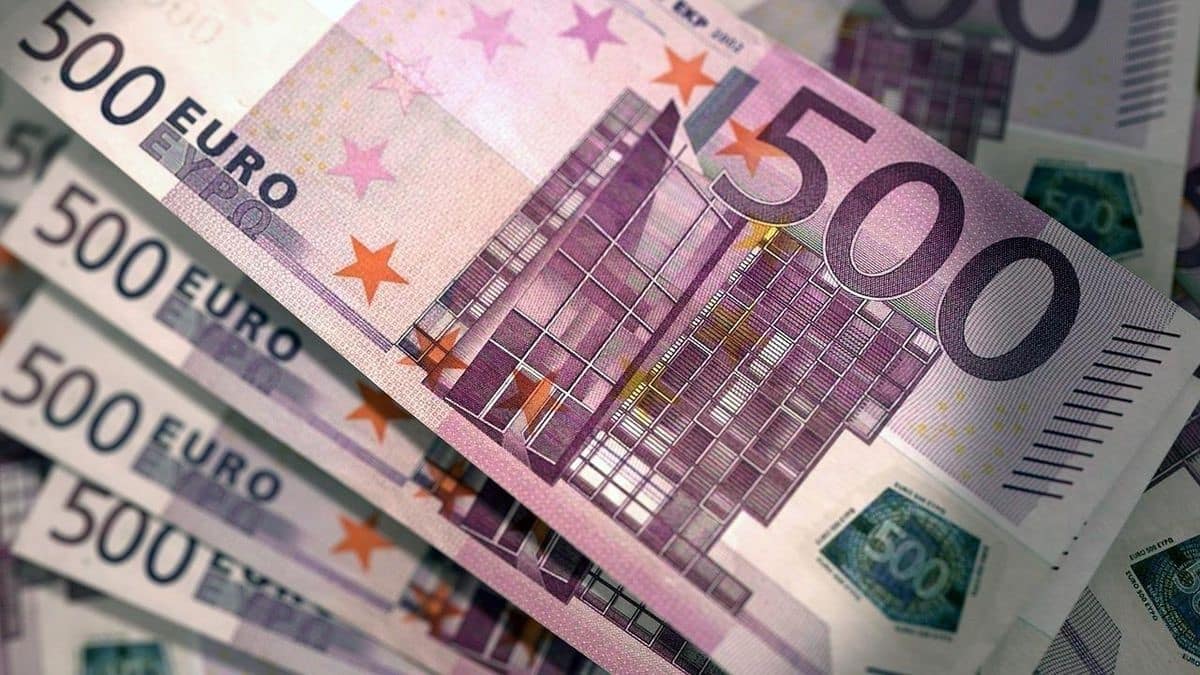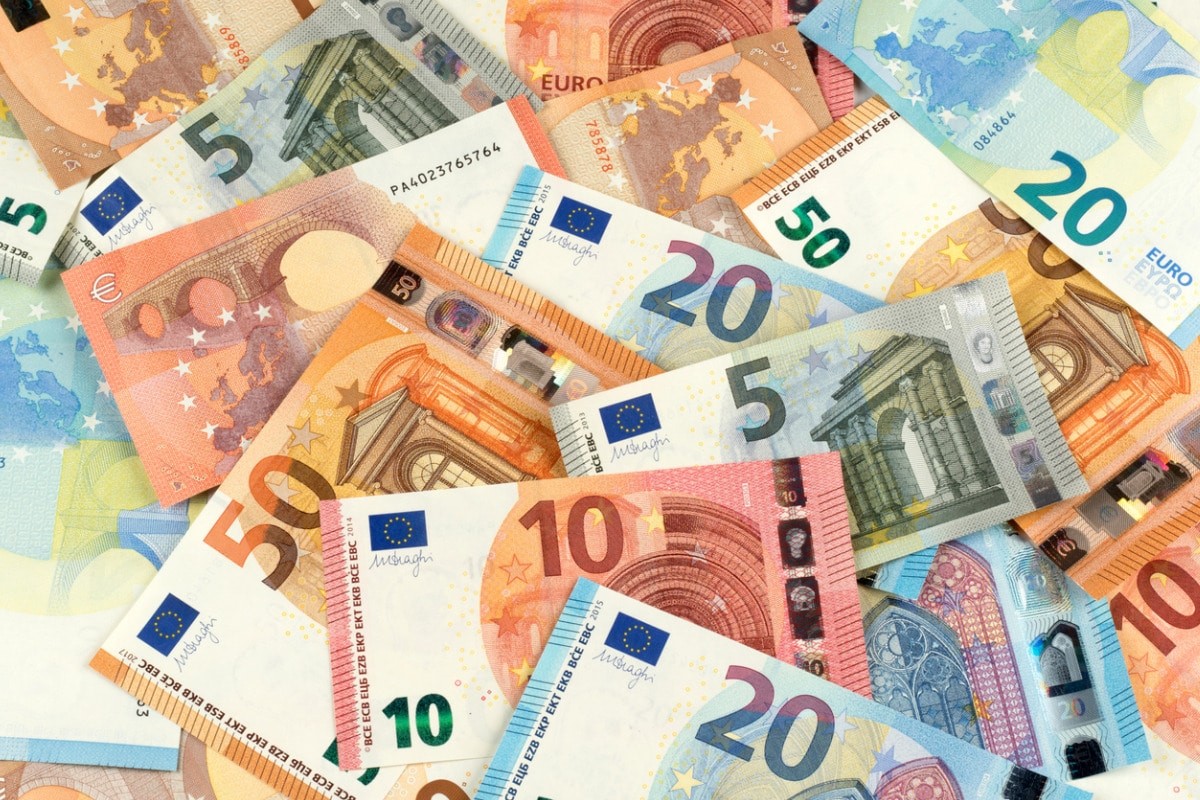There are seven values in the series of euro banknotes, including the 5 note, the 10 note, the 20 note, the 50 note, the 100 note, the 200 note and the 500 note. in euros are all in different formats, colors and each have an architectural style that allows them to be distinguished. In this article, we will introduce you to the largest euro banknote with its peculiarities. But first, we will detail the general characteristics of euro banknotes.

What characterize the euro banknotes?
Legal tender throughout the euro area, euro banknotes were all designed by Robert Kalina of Oesterreichische Nationalbank, Austria's central bank, and entered circulation in January 2002.
First, since the European Union is characterized by a spirit of cooperation and openness, each euro banknote has windows and portals on the front. Then, the banknotes all display the twelve stars of the European Union to illustrate the harmony and dynamism of contemporary Europe. On the back of each banknote, bridges are represented to symbolize the link uniting both the European peoples among themselves and Europe with the whole world.
Then, the euro banknotes present an architectural style specific to each one which is also specific to an era:
- 5 euros: the classic style;
- 10 euros: the novel;
- 20 euros: Gothic;
- 50 euros: rebirth;
- 100 euros: Baroque and Rococo;
- 200 euros: the industrial style of the 19th century;
- 500 euros: modern architecture of the 20th century.
Finally, the banknotes all bear the name of the currency (euro in Roman characters – EURO – and in Greek characters – EYPO -); the five variants of the initials of the European Central Bank (BEC, EZB, EKP, ECB, EKT), the signature of the President of the ECB, the copyright symbol © and of course the flag of the European Union.
What is the largest euro banknote?
We present the difference in format between the 7 values of euro banknotes in this table:
| Ticket (euro) | Format (in mm) |
| 5 | 120x62 |
| 10 | 127x67 |
| 20 | 133x72 |
| 50 | 140x77 |
| 100 | 147x82 |
| 200 | 153x82 |
| 500 | 160x82 |
As you will have understood, with 160 mm in length and 82 mm in width, the 500 note is the largest euro note.

To recognize a 500 euro note, you must first notice its size, then its rigid appearance and its "crunchiness". This note is purple in color. Looking at it in daylight you should see the security thread, watermark, € symbol and incomplete number. Finally, you must clearly see the hologram which moves by tilting it.
In May 2016, the ECB decided to stop producing 500 euro banknotes. However, they can still be used. When they no longer exist, the 200 note will be the largest euro note.






